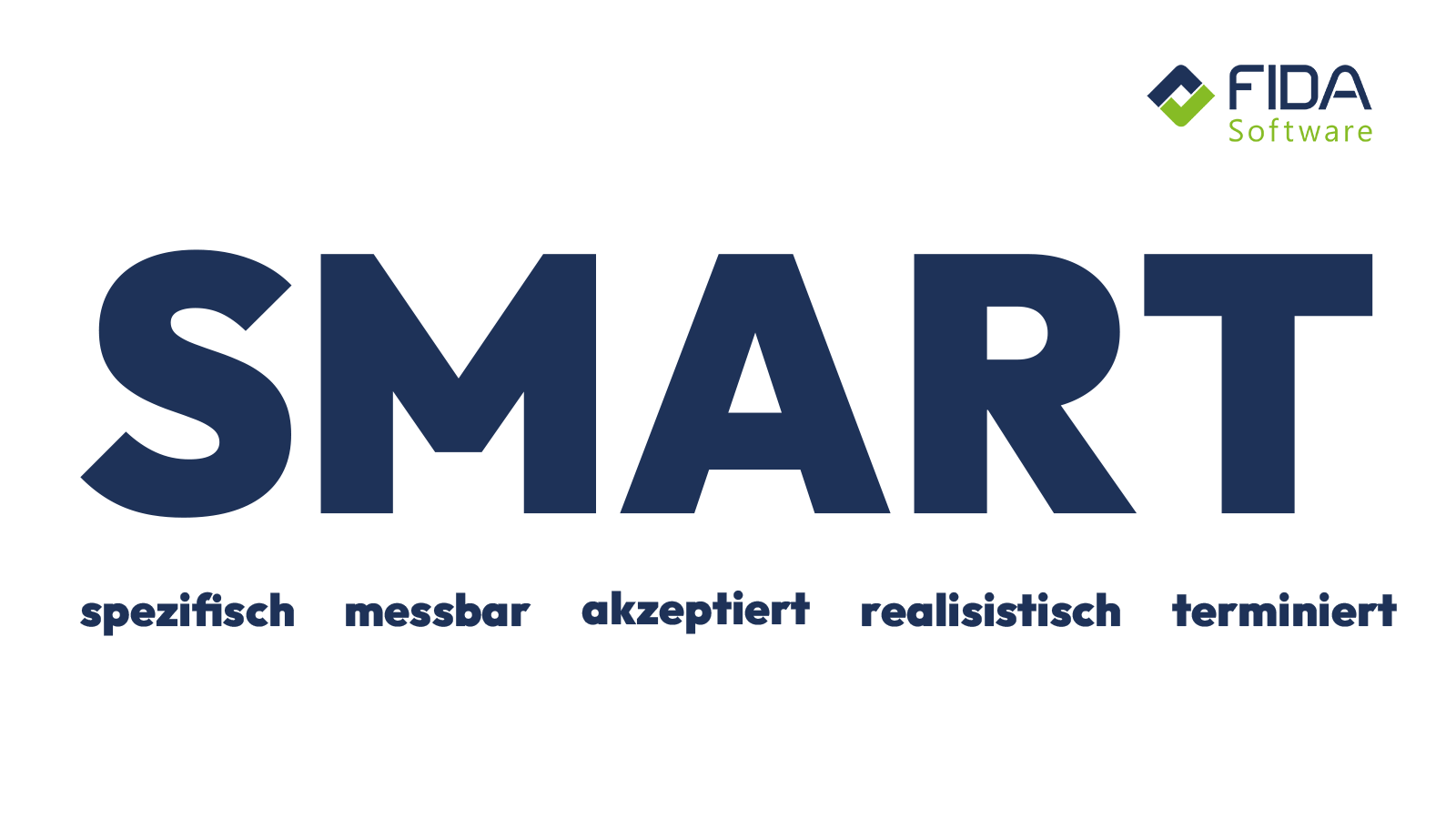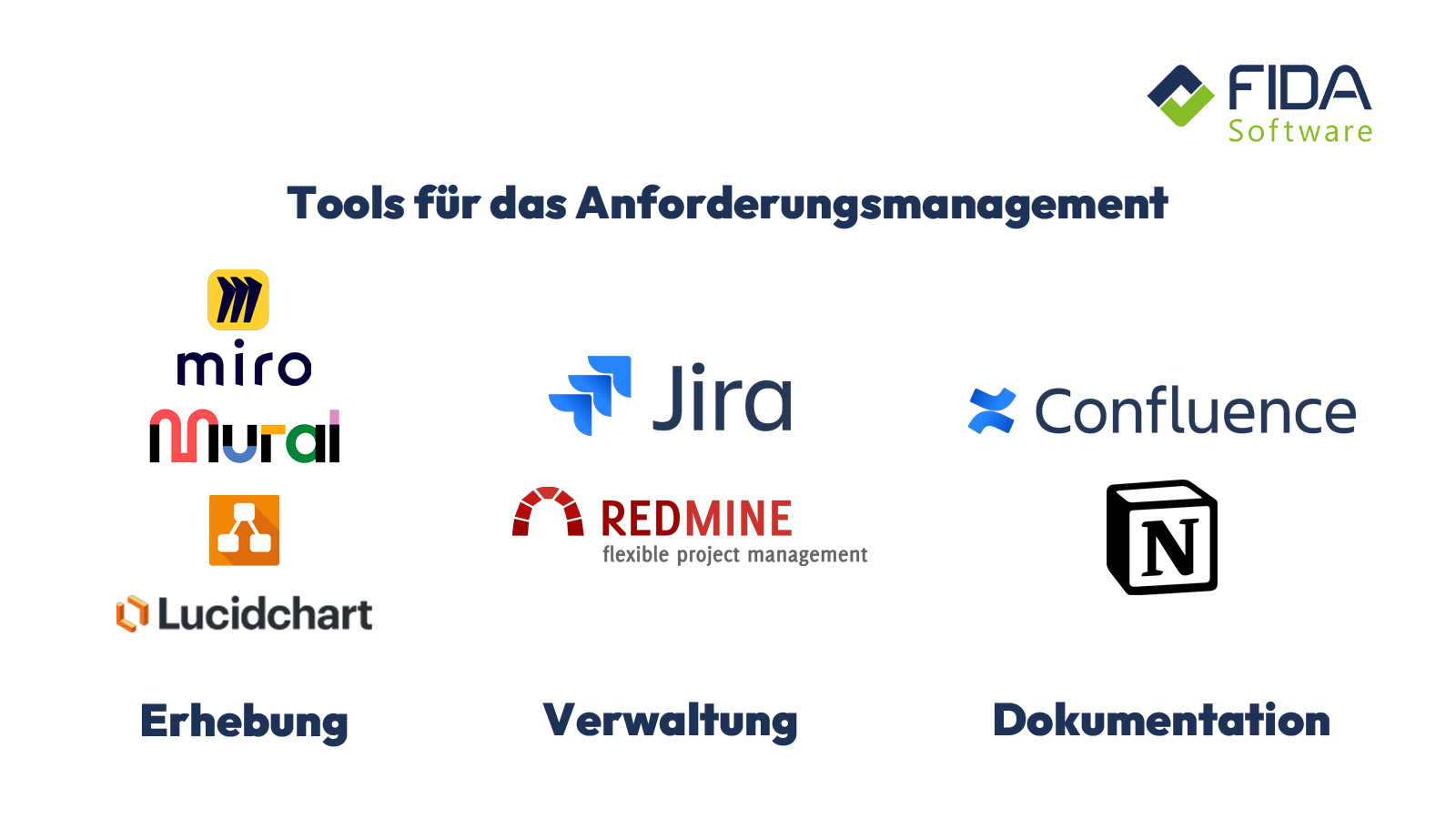
Requirements management: the key to successful IT projects
You are a software developer and have just taken on a new project. The customer's expectations? High. The specifications? Still a big question mark. Your first step is clear: you sit down with the customer to understand their ideas and goals - the cornerstone of any successful project.
What sounds simple at first - "We need a platform for our company" - quickly turns out to be more complex. Which functions are essential? Who exactly will use the software? Do existing systems need to be connected? New questions arise with every answer, and one thing becomes clear: every customer has their own idea of what "the perfect solution" really means. And this is exactly where your work comes in.
Without a structured approach, chaos can quickly ensue. Requirements that seem clear today may later turn out to be incomplete or misleading. Changes to requirements can influence the course of development and even push back the release date.
One thing we can already say here is that no customer likes to hear this news! But with good requirements management, you can avoid all these problems and ensure that your project is a success.
In this article, you will learn how to efficiently gather, document and prioritize requirements and future software - so that your project delivers exactly what your customers really need and expect.
What does requirements management mean?
In product development, requirements management refers to the structured process of recording, documenting, analyzing, managing and coordinating requirements for a product or system. The aim is to ensure that all stakeholders have a common understanding of the requirements and that these remain traceable and controllable throughout the entire development process. Effective requirements management helps to avoid misunderstandings, minimize risks and ensure the success of the project.
Requirements management is also often referred to as requirements management or requirements engineering. Requirements engineers are therefore important members of every project team. They ensure smooth processes by taking on the task of documenting the requirements for a project or product as precisely as possible within the team.
What are software requirements?
There are specific subcategories of requirements that need to be discussed before implementing a software project. They serve to differentiate the purpose of a requirement. A distinction can be made between functional and non-functional requirements.
Functional requirements
Functional requirements are so called in the project business because they describe WHAT a system should do. This is generally understood to mean that they ultimately agree on specific features that the client has requested as part of the next software version.
Example: A fitness app should track my movements and show me a diagram of my daily and weekly activities.
Non-functional requirements
Non-functional requirements describe HOW a system should implement something. The non-functional requirements therefore tend to specify the framework conditions and circumstances under which the functional requirements come into play.
Example: The fitness app should only use a small amount of memory capacity on my smartphone.
Requirements management is implemented in both agile and non-agile projects. In classic waterfall project management, i.e. in the non-agile approach, requirements must be defined before the start of development work, as it is difficult to influence the specific implementation steps during the course of the project. In contrast, in agile project management, often only a few requirements are set at the beginning and are only adapted, replaced or added to during the course of the project. In agile projects, user requirements can also be implemented and prioritized step by step. In contrast to traditional project management, which often requires a complete specification in advance, planning in agile sprints enables incremental development of the software with rapid feedback.
What do requirements look like?
This probably raises the question of who is responsible for writing requirements and what they look like in practice. As a rule, the Product Owner has the role of Requirement Engineer, who puts the specifications developed in joint meetings into words. User stories are often used for this. A user story is a brief description of the use case in which the user performs an activity with a software functionality in order to achieve a specific goal. For example, the user story is structured as follows:
"As a registered user of the app, I would like to click on a button to receive a confirmation link by email so that I can reset my password."
The user story can be broken down into 3 components:
Role (user, admin, developer, ...)
Executing activity (receiving a confirmation link by email)
Goal / intention (to reset my password)
Advantages of user stories
User stories offer several advantages over traditional forms of requirements documentation such as requirement and functional specifications or detailed specifications:
Simplicity & comprehensibility - User stories are written in everyday language and are easy to understand, even for non-technical people. In contrast to formal requirements documents, they avoid complicated technical terms and are comprehensible for everyone involved.
Focus on the user - While traditional documents often focus on technical details, user stories concentrate on the actual benefits for the user. This keeps the development more focused on the needs of the user.
Flexibility & adaptability - Requirements can change over the course of a project. User stories can be easily adapted, added to or reprioritized, whereas formal documents are often rigid and cumbersome.
Better collaboration & communication - Because user stories are deliberately kept simple, they promote direct exchange between developers, customers and stakeholders. They serve as a basis for discussion instead of being a final, unchangeable specification.
Avoiding unnecessary features - Focusing on specific user needs ensures that only truly relevant functions are developed. This reduces the risk of "feature creep" and unnecessary development effort.
Despite these advantages, user stories are not always the best choice - a detailed specification may be necessary for safety-critical or highly complex systems. In many software projects, however, they offer an efficient and practical method for documenting requirements.
Artifacts in requirements management
User stories can also be supplemented and concretized with additional data and documents. The more illustrative material, for example design templates, graphics or diagrams, is added to the requirements developed, the clearer the requirements become.
Developers rarely have to write user stories, but they are responsible for extracting the functionality and technical requirements from the stories. They can also divide the user story into smaller stories if necessary and must then outline a suitable flowchart of the various stories in order to fulfill the requirements of the user story.
Flowcharts, also known as user flows, come in different shapes and sizes. Some are text-based, but user flows can also be represented by a series of boxes connected by arrows, or even by wireframes or simple prototypes. User flows map out the most intuitive paths a user can take to complete a task on a website or in an app to fulfill their needs.
The SMART principle
In addition to user stories, the SMART principle, which is frequently used in software development and project management, is also one of the tried and tested methods of requirements management.
The SMART principle is so called because the word "SMART" is made up of the initial letters of the required properties.
Specific: Requirements should always address a specific problem.
Measurable: The result of a requirement is measurable, i.e. real added value is generated for the project.
Accepted: The requirement has been agreed with all stakeholders.
Realistic: The requirement can be implemented under the respective framework conditions.
Scheduled: The requirement must be implemented by a specific deadline.
A requirement that has been formulated using the SMART technique is easier for the team to understand and can help to clear up misunderstandings and ensure clarity.
Another proven method for formulating requirements in a precise, understandable and feasible way is to avoid using negations and ambiguities . If you do not have enough time to explain the requirements for the product in refinement meetings, you should make sure that you use clear language when writing the tickets. These may contain a longer descriptive text that can clear up any uncertainties.
Another thing that can help when writing requirements is to align the language of the tickets with the MoSCoW method. The MoSCoW method is a prioritization technique that is often used in requirements management to categorize requirements according to their importance. The name comes from the initial letters of the four priority levels:
M (= "Must-Have"): This feature must be built.
S (="Should-Have"): This feature is urgently requested.
C (="Could-Have"): This feature would be nice, but is less essential for the final product.
W (="Will-Have"): This feature may exist in the future, but not yet.
The MoSCoW rule provides points of reference for creating requirements that make it easier to describe the ticket. It can also be useful for developers and other stakeholders to better understand the requirements of a project manager.

Which tools are used for requirements engineering?
Anyone who has never had anything to do with requirements management will naturally wonder where requirements are documented so that every team member can view them later. We have therefore listed the most important tools for you below, which can be used for requirements specification, requirements validation and requirements management.
1. elicitation of requirements
These tools help us to collect requirements from stakeholders, structure discussions and record ideas collaboratively. These include Miro or MURAL, digital whiteboards for brainstorming, user story mapping and workshops, or Lucidchart and draw.io, which are used to create diagrams such as flowcharts or use case diagrams.
2. management of requirements
What no agile project should be without is a ticket system such as Jira or Redmine. In these cloud-based software products, managers can create tickets , which makes them extremely suitable for managing, prioritizing and tracking requirements. They are used to better organize requirements and define backlogs and workflows in collaborative team sessions.
During operation, tickets can be assigned to individual or multiple participants. In the event of changes, either follow-up tickets are created and linked to the original tickets or the original tickets are revised following a new requirements analysis in the team. In addition to better organization of tasks, project management tools help to ensure the traceability of individual steps in the implementation of requirements.
3. documentation of requirements
Other tools that are frequently used to document requirements are tools such as Confluence or Notion. Confluence is often used in combination with Jira and serves as a central knowledge database. Here, requirements can be documented, meeting minutes recorded and specifications shared with the team.
Tools like these are used for the structured documentation and storage of requirements over the entire duration of the project. They are also useful in that they provide information on what has already been implemented in a project and what measures have already been taken. In this way, new employees can quickly and easily familiarize themselves with an ongoing project and acquire the necessary knowledge to contribute to the implementation of further requirements.
Software documentation plays a major role in the development process anyway and should not be neglected.

Conclusion
Structured requirements management is the basis for successful software projects. If you are not clear at the start of a project about what functions the end product should have, you cannot formulate clear tasks for your team and risk product development taking longer than planned. We say that doesn't have to be the case! With our tips for structured application management, you're on the safe side!
Do you need support in determining the requirements for new software? Are you looking for project team members who are already experienced in requirements management? Do you need a partner for your next project who has learned to reformulate problems and ideas into clear and comprehensible requirements? Then get in touch with us! We look forward to working with you to implement your ideas!
FAQ - Frequently asked questions about requirements management
Requirements management includes all activities that ensure that requirements for a system, product or project are complete, clear, comprehensible and feasible. This includes in particular
Elicitation (determination) of requirements
Documentation and specification
Analysis and evaluation
Coordination and validation with stakeholders
Change management (management of adjustments during the course of the project)
Traceability and monitoring of requirements
Various methods are used in requirements management - depending on the industry, project type and process model (classic or agile). Typical methods are
Interviews and workshops
Observations and surveys
Use cases / user stories
prototyping
Brainstorming and mind mapping
Prioritization techniques (e.g. MoSCoW, Kano model)
Modeling techniques (e.g. UML, BPMN)
Requirements management includes all processes, methods and tools that enable requirements to be recorded, documented, managed, checked and controlled.
This also includes
Stakeholder analysis
Creation of requirement and functional specifications
Versioning of requirements
Quality assurance of requirements
Communication between the specialist department and development
Requirements management is usually carried out by requirements engineers, business analysts or product managers.
In agile projects, product owners or scrum teams often take on these tasks together.
Technical experts, developers and testers are also often involved in order to understand and implement requirements correctly.
Requirements management is typically divided into five phases:
Elicitation - requirements are collected.
Analysis and documentation - requirements are structured and specified.
Validation and coordination - requirements are checked and coordinated.
Management and tracking - Changes are checked and requirements are tracked.
Evaluation and maintenance - requirements are updated and adapted to new circumstances as the project progresses.




